
views
- 10-ball is a rotational game, which means you shoot the object balls in order from 1 to 10.
- To win, you must legally pocket the 10-ball. That’s it—the other object balls don’t matter.
- The active player must always shoot at the lowest-numbered ball on the table.
Overview
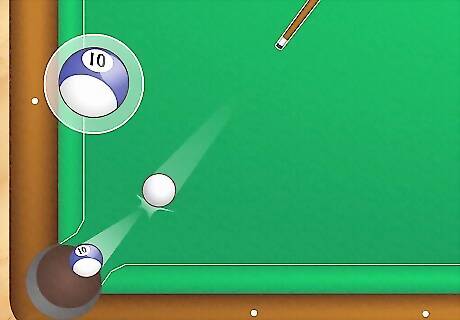
10-ball is a rotational game where the goal is to make the 10-ball. In billiards, rotational pool refers to any game where the balls must be pocketed in numerical order. Every turn at the table, you must shoot at the lowest available table. The only way to win is by pocketing the 10-ball. That means that player could play 9 trickshots, make the 1 through 9, and then miss on the 10-ball and end up losing. 10-ball is a popular game among pool players because it requires strong positional play while allowing for plenty of creative defensive shots. Other rotational games include 9-ball and 7-ball. 10-ball and 9-ball are considered the premier professional pool formats. They’re not quite as easy for the pros as 8-ball but aren’t as slow to play as one pocket or straight pool, which makes it ideal for TV.
Racking

Put the 1-ball at the top and the 10-ball in the middle. Rack the balls in a triangle using a traditional 8-ball rack (just leave the bottom row empty). Set the 1 ball up top and put the 10-ball in the center of all the other balls. Place the remaining 2 through 9 balls in a random order. For the UPA (United States Professional Poolplayers Association) Tour, the 2 and 3 balls must be placed in the bottom corners. They’re unique, though. Every other major billiards organization doesn’t care about how through the 2 through 9 balls are arranged.
Gameplay
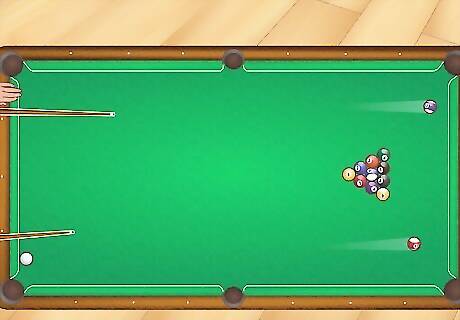
Players lag to determine who breaks. To lag, put two object balls on the table on the short side where the balls are racked. Set the balls anywhere below the second diamond. Each player hits their ball at the same time towards the opposite short rail. Whichever player’s object ball ends up closest to the short rail you were shooting from determines who gets to break. A player’s lag is automatically invalid if it hits a long railing or the ball is accidentally pocketed. It’s generally considered bad etiquette to lag with the cue ball. An object ball refers to any ball outside of the cue ball. You can lag before or after racking. It’s more common to lag before racking, just in case someone accidentally hits the racked balls. It’s customary for the loser of the lag to rack the balls.
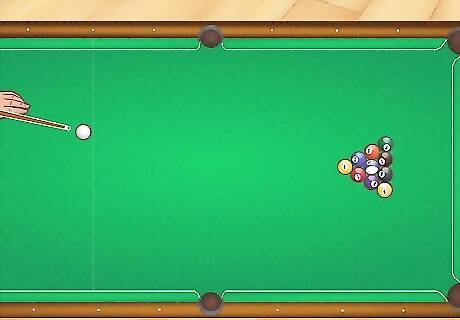
The winner of the lag breaks from behind the head string. In pool, the head string refers to the imaginary horizontal line connecting the second dots at the bottom of the table. Whoever wins the lag sets the cue ball down anywhere behind that line to break. They shoot to break the balls up. The breaking player must strike the 1 ball. If they do not, the shot is a scratch. A break foul results in ball in hand for the other player. If at least 4 object balls do not hit a rail on the break, the break is a scratch and the other player gets ball in hand.
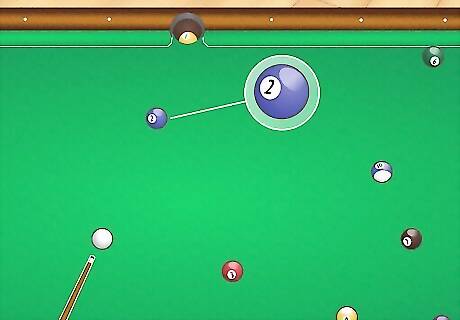
If the player sinks a ball, they shoot the lowest-numbered ball next. If no balls are pocketed, the other player takes the table. If a ball goes in on the break, the breaking player is now shooting at the lowest numbered ball available. So, if they pocketed the 1 ball on the break, they’d be shooting at the 2. If they fail to legally contact the lowest numbered object ball on the table, it is a scratch. Alternative Option: The Push Shot Most official rule sets allow for one special shot option on the shot directly after the break. If the shooting player wants to take a push shot, they announce “push.” They can then shoot the cue ball anywhere they want. They can hit any ball, or not hit a ball at all. The next player now gets the option to accept the shot and shoot the cue ball from where it is, or pass the shot back to the player who pushed.
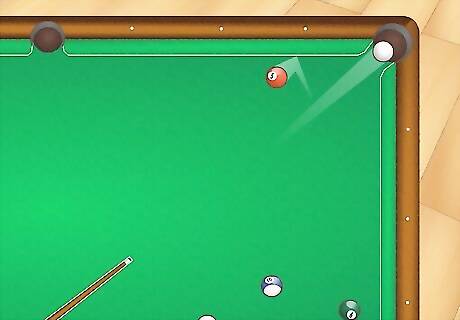
Players stop shooting when they fail to sink a ball or scratch. Players must “call” each shot by signaling which pocket they’re shooting at. If a player pockets the lowest numbered ball in the called pocket, they continue shooting. If they don’t, play passes to the other player. In 10-ball, a player scratches if they: Don’t hit the lowest-numbered object ball first. Pocket the cue ball. Send the cue ball flying off of the table. Nothing hits a rail (or goes into a pocket) after the first legal contact of an object ball. The shooting player touches the cue ball with their hand. The shooting player hits the cue ball twice, creating a “double hit”). A Note on Scratches In 10-ball, scratches are always “ball in hand.” This means that the player coming to the table after the foul can put the cue ball wherever they please.
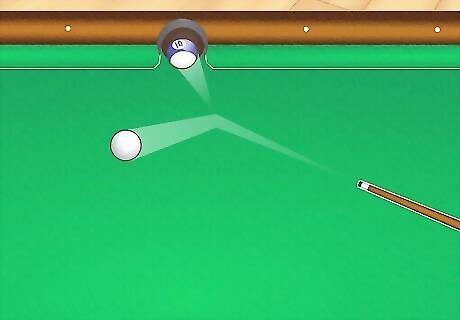
Play continues until the 10-ball is legally pocketed. Play goes back and forth between players. The game only ends when the 10-ball is legally pocketed by one of the players, and whoever sinks it is declared the winner. If the 10-ball is pocketed accidentally or in the wrong pocket, it is respotted at the head spot, which is the center spot where the 1 ball goes when you rack. You can legally pocket the 10-ball early by comboing it in. Say the 2-ball is the lowest ball on the table. If you call the 10-ball, hit the 2-ball into the 10 and the 10 goes in the designated pocket, you win!
Unique Rules of 10-ball
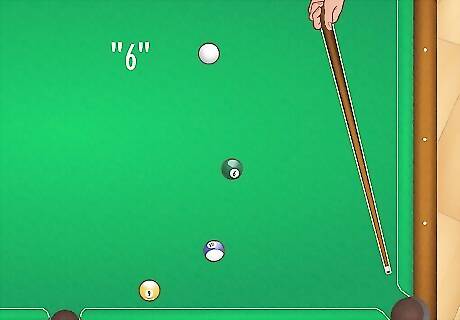
You must call every pocket on every shot. 10-ball is the only rotational game that is always called pocket. If you’ve never played with call pocket rules, this might seem a bit strange. To call a shot, you must verbally announce the ball you’re shooting at and the pocket you want to put it into. Alternatively, you can use your cue stick to point at the pocket or tap on the pocket you’re shooting at. Seasoned players will usually skip this process if they’re playing casually and it’s super obvious where the player is shooting. 9-ball and 7-ball are “slop” games. This means that if you accidentally make a ball on a legal shot, you continue shooting.

If you make the 10-ball on the break, it gets spotted. In most popular pool games, like 8-ball and 9-ball, making the “key” ball on the break is an automatic win. However, 10-ball is different. If you make the 10-ball on the break, you remove it from the pocket and place it on the head spot. If there are balls blocking the headspot, place the 10-ball as close as you can to the headspot along the vertical line below the headspot. You also can’t win by calling the 10-ball on the break and pocketing it. The 10-ball is the only ball that ever gets spotted. Nothing else is ever put back on the table if it is pocketed or removed.
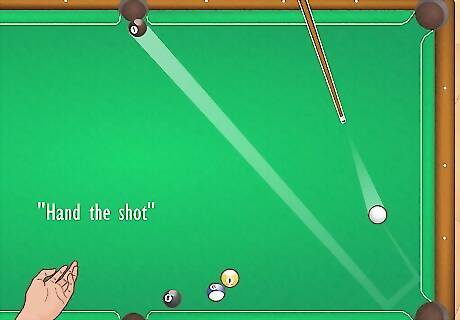
Players get a choice if the opponent legally makes the wrong ball. If a player accidentally pockets a ball or pockets a ball in the wrong pocket, their turn ends and the next player gets to choose if they want to take the shot as the cue ball currently sits, or hand the shot back to their opponent. This only applies if the player didn’t legally pocket their called ball. If a player knocks a ball in after legally pocketing a called shot, the non-called ball stays down.
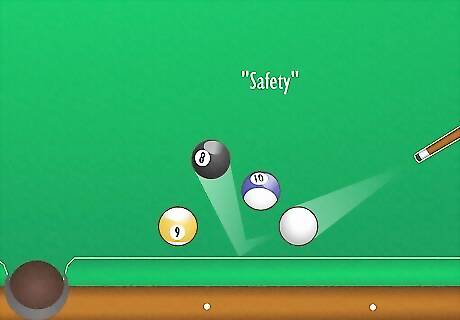
Players may (and often should) call defensive safeties. In pool, a “safety” refers to any defensive shot where you’re intentionally not trying to pocket a ball. Defense is extremely important in 10-ball. If you don’t have a great shot lined up, try to shoot the object ball where your opponent won’t be able to avoid scratching on the next shot! In 10-ball, you can choose to call “safety” out loud. If you do and you happen to legally pocket a ball, you do not continue to shoot. The one exception is the BCA (Billiard Congress of America). Under BCA rules, if you pocket a ball on a safety, your opponent has a choice to shoot or to force you to keep shooting. In some professional tournaments, a player loses if they scratch 3 times in a row. This is why safety play is especially important if you’re playing at a higher level.














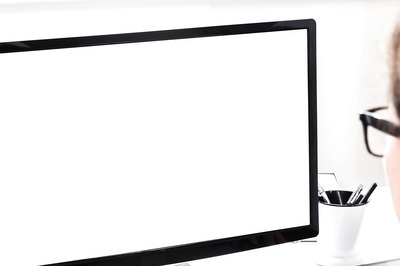





Comments
0 comment